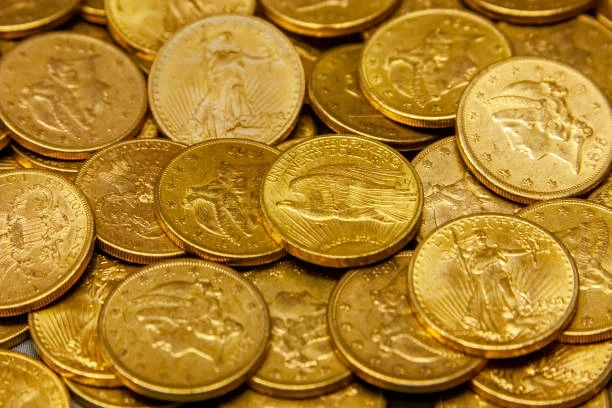In an economy characterized by rising prices and inflationary pressures, investors seek refuge in assets that can preserve their wealth and provide a hedge against the eroding effects of inflation. Among these assets, precious metals have long stood out as a reliable store of value, offering stability and security in times of economic uncertainty. This phenomenon, often referred to as "Precious metals vs inflation," underscores the enduring appeal of precious metals as a means of protecting wealth during periods of heightened inflationary risk. In this blog post, we will explore the rationale behind investing in precious metals amid inflationary trends, examine the different types of precious metals available for investment, and provide insights into how investors can effectively incorporate these assets into their portfolios to mitigate the impact of rising prices.
Understanding Inflation and Its Effects on Investments:
Inflation refers to the sustained increase in the general price level of goods and services over time, leading to a decrease in the purchasing power of money. When inflationary pressures are high, the value of traditional assets such as cash, bonds, and stocks may diminish as their real returns fail to keep pace with rising prices. As a result, investors often turn to alternative assets that have historically demonstrated resilience in the face of inflation, with precious metals occupying a prominent position in this regard.
The Role of Precious Metals as Inflation Hedges:
Precious metals, notably gold and silver, have served as effective hedges against inflation for centuries. Unlike fiat currencies, which can be devalued by central banks through excessive money printing, precious metals possess intrinsic value and are not subject to manipulation by monetary authorities. This inherent scarcity and durability make them desirable assets during periods of inflation, as they retain their purchasing power over time.
Types of Precious Metals: Gold, Silver, Platinum, and Palladium:
Gold is perhaps the most well-known and widely traded precious metal, revered for its historical significance and universal acceptance as a store of value. Silver, while often overshadowed by gold, also holds intrinsic value and serves as both a monetary metal and an industrial commodity. Platinum and palladium, primarily used in the automotive industry for catalytic converters, have emerged as investment assets in their own right due to their rarity and unique properties.
Factors Driving the Prices of Precious Metals:
Several factors influence the prices of precious metals, including supply and demand dynamics, geopolitical tensions, currency fluctuations, and macroeconomic trends. In times of economic uncertainty or geopolitical instability, investors tend to flock to safe-haven assets like gold and silver, driving up their prices. Similarly, changes in industrial demand for metals such as platinum and palladium can impact their market prices.
Strategies for Investing in Precious Metals:
Investors have several options for gaining exposure to precious metals, including physical bullion, exchange-traded funds (ETFs), mining stocks, and futures contracts. Each investment vehicle has its own set of risks and rewards, and the choice ultimately depends on the investor's preferences, risk tolerance, and investment objectives. Diversification across different types of precious metals and investment instruments can help mitigate risk and enhance portfolio resilience.
Risks and Challenges of Investing in Precious Metals:
While precious metals offer numerous benefits as inflation hedges, they are not without risks. Price volatility, liquidity constraints, storage costs, and counterparty risks are some of the challenges associated with investing in precious metals. Additionally, fluctuations in supply and demand fundamentals, regulatory changes, and geopolitical developments can impact the performance of precious metal investments.
The Future Outlook for Precious Metals in an Inflationary Environment:
As central banks around the world continue to pursue accommodative monetary policies and governments unleash unprecedented fiscal stimulus measures, concerns about inflation are likely to persist. In such an environment, the appeal of precious metals as a safe haven and store of value is expected to remain strong. However, investors should carefully evaluate market conditions, conduct thorough research, and diversify their portfolios to navigate the complexities of the precious metals market successfully.
Conclusion:
Inflationary pressures pose significant challenges for investors seeking to preserve and grow their wealth. In this context, precious metals emerge as shining assets that offer stability, security, and protection against the erosive effects of rising prices. Whether it's gold, silver, platinum, or palladium, these timeless metals have proven their worth as reliable stores of value throughout history. By understanding the role of precious metals as inflation hedges, exploring different investment strategies, being mindful of the risks involved, and staying informed about market developments, investors can harness the power of these shining assets to navigate turbulent economic waters and achieve their long-term financial goals.


